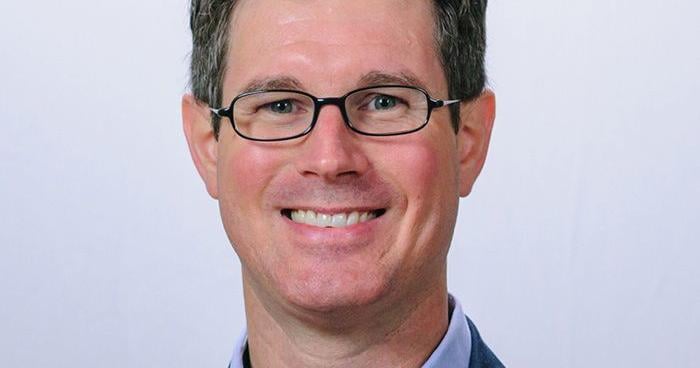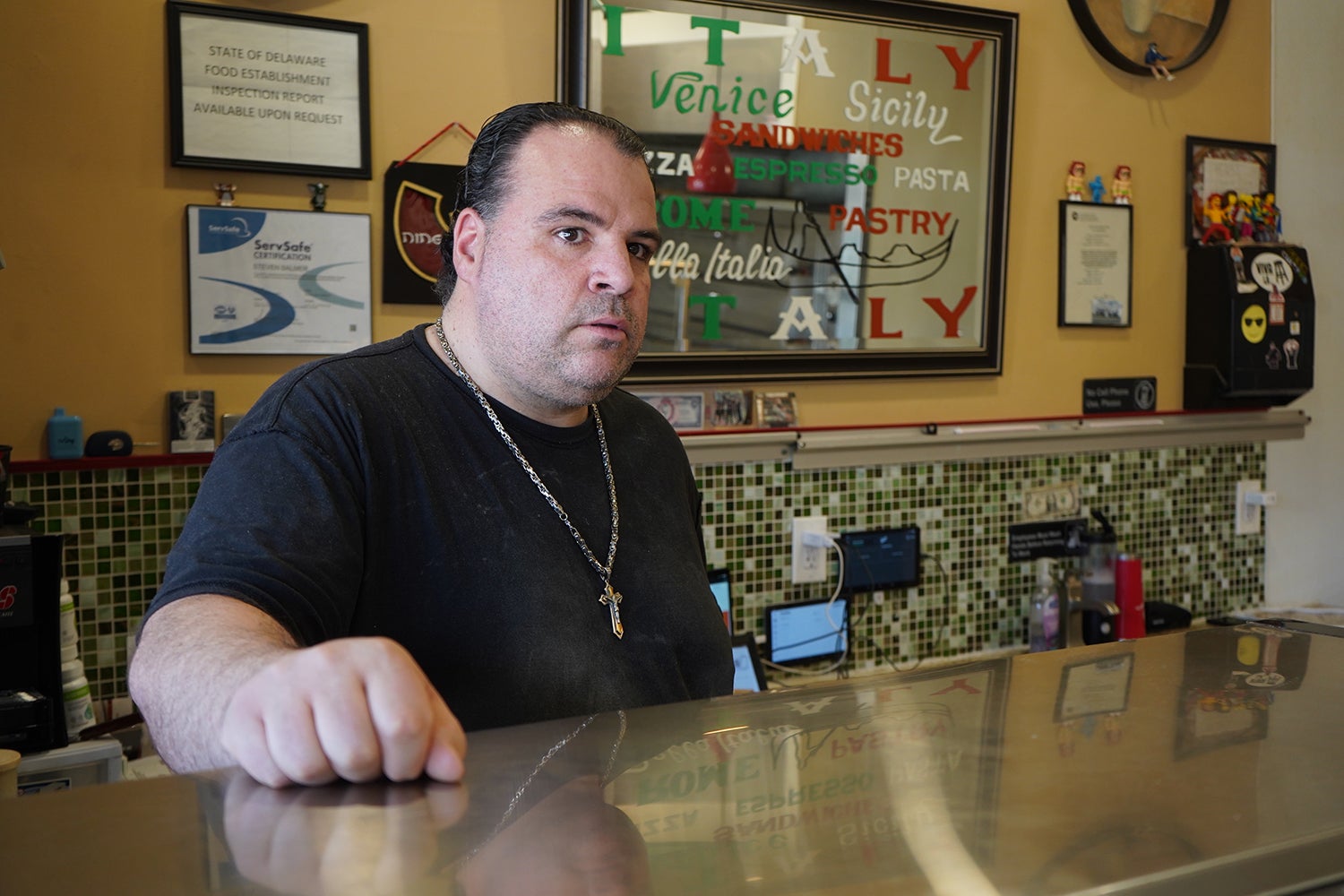Fashion
Sustainable Fashion Forum Lays Out Challenges Ahead

The niche “modern media” company, the Sustainable Fashion Forum, held its annual conference in Austin last month. After a 3-year in-person hiatus from 2020 to 2022 and a subsequent comeback in its hometown of Portland last year, the Forum took its penchant for rallying the fashion industry in the IG comments section and turned those insights into real talk.
Billed as a 3-day exploration into “The Next Chapter” of sustainability in fashion, more than 200 sustainability managers, consultants, service providers, entrepreneurs, and students attended panels and presentations from 50 industry leaders at The Cathedral, a former church turned multi-use art and event venue in the Texas capital.
“We’re really preaching to the choir in a church today,” said Beth Esponnette, co-founder of Unspun, acknowledging she was speaking to an audience that is already invested in sustainability.
But this choir has to bring complex solutions to the market and the masses at scale. Which begs the question: What’s within consumers’ reach today?
Consumer behavior informs new approaches
On an early panel that explored the psychology of consumer behavior, Eugene Chan, associate professor of marketing at Toronto Metropolitan University, told the audience, “We’re self-maximizing; the urge to help ourselves is too strong to resist.” People often rationalize buying things others like because the need for belonging trumps sustainability. Doing this, in turn, deepens the misconception that sustainable products are more expensive, especially when people rationalize to themselves they’ll buy the cheaper product and give back to a cause afterward.
However, according to Samina Virk, North America CEO for Vestiaire Collective, this misconception is starting to shift. A study conducted by Vestiaire with BCG found that affordability is still the number one consumer preference, but sustainability now ranks in the top five, a significant bump over prior years.
“We’re still in Prius mode in fashion, and we need to get Tesla,” said Nicks Ericsson, a brand expert and co-founder of the AND Agency. Tesla appeals to the left and right brain, he said. Many people like the car’s design, and the roadside assistance package makes the sustainable choice easier. Ericsson believes we could put the massive marketing engine behind fashion to smarter use this way.
For instance, if Chan is right and people’s natural urge to help themselves is too strong to resist, communications must be more precise and direct. “If a brand can get people to see a connection between what they’re buying and what it does for the environment, this would help drive adoption,” he said. Saying something is made from 100 percent sustainable textiles just won’t cut it.
Furthermore, sustainability professionals tend to focus on materials when the average consumer doesn’t value or understand the intricacies of inputs. Instead, they place more value on transparency, where and how a garment was produced, and durability, according to Michael Colarossi, vice president of innovation and production line management at Avery Dennison.
“Turning plastic bottles into textiles, people get that. But a full circularity program or saying something is regenerative, I don’t think consumers are there yet. You have to break things into simplified messages,” James Rogers, vice president at Rothy’s, agreed on another panel.
The complicated messaging could also explain why some people don’t engage in related sustainable fashion behaviors like secondhand and repair. According to a MendIt study, 30 to 40 percent of consumers reported not knowing repair services existed.
Kate Sanner, the co-founder and CEO of Beni, a fast-growing secondhand startup, is fighting the accessibility problems in resale. “We’re going directly to shoppers and intercepting their habits and buying patterns while educating them that new doesn’t need to be the default.”
Beni is a browser extension that suggests the same or similar secondhand pieces when people shop for new items. By making it easy, sustainability becomes a bonus side effect.
Vestiare is also trying to break down the myth that fast fashion is more affordable with a new cost-per-wear campaign that Virk believes will lead more people to the growing resale revolution.
Circularity takes on the regulatory front
Rescuing clothes via resale is one component of circularity, but it relies on a behavior shift from the consumer, which takes time. Meanwhile, it doesn’t deal with overproduction and the harsh fact that 85 percent of apparel still comes from virgin materials.
“There’s still a massive opportunity to displace virgin use with circular business practices,” Shannon Parker, who spearheads regulatory engagement, sustainability, and commercial feedstock strategy at Circ, told Forum attendees.
On the same panel, “Harnessing Brand Strengths to Drive Circularity,” James Rogers agreed that circularity was about doing more good with the products they’re selling at Rothy’s and keeping them at their highest value for as long as possible, then re-manufacturing.
“I want to campaign for all of us to call circularity re-manufacturing because we need to prove the business and governmental case for it,” said Rachel Kibbe, CEO of the Circular Services Group. Shannon Parker agreed that makes sense. “To say it’s recycling would be over-simplified. It is manufacturing, just using a different feedstock”.
This messaging is critical because, to date, private businesses have primarily funded circular initiatives, but some are stepping up to lobby for regulations.
“It’s crazy we’ve gotten this far without policy. EVs are only successful because they had 20 years of government funding and shots in the arms. We’re nowhere close, but fortunately, we have a roadmap. We can look at the fundamental errors made in the 80s and 90s with plastic packaging. No one knows what or how to recycle. We need federal EPR law for fashion. We need serious compliance teams and policy at the federal level so it’s lasting and not patchwork,” Kibbe stressed.
The Americas Act, a new federal bill to revive America’s local textile industry, will incentivize US companies to manufacture locally and includes tax exclusions, plus loans, grants, aid and education programs for circular business operations.
Panelists celebrated this level of regulation and advised companies to take it seriously and start preparing. One way to do this is to have a voice in shaping policy.
You don’t have to be a lawyer to participate. “With the Fashion Act, brands who have participated spoke up and said, ‘You misunderstand that process, or someone should tweak this.’ They’re talking about the logistics of how the regulations will affect their businesses,” said Michelle Gabriel, graduate program director for sustainable fashion at GCNYC.
Regulations are meant to shape internal policies, so analyzing and anticipating future needs is key. Structuring teams around them is also a smart way to adapt. One strategy companies are trying is instituting an ESG controller who reports to the CFO and has a dotted line into sustainability.
“My favorite thing is seeing a sustainability person reporting to the C-suite. Well, if the role isn’t already there,” Chelsey Evans, a sustainability expert formerly at Etsy and Nordstrom, told the crowd.
Deena Cook, sustainability project manager at ADEC Innovations, noted that what’s most critical is that ESG and sustainability roles be embedded across the organization. “This helps lock these roles and climate reporting in and doesn’t wall them off on a non-revenue-generating team.” However teams are structured, panelists agreed that the industry must stop treating sustainability initiatives as cost-reduction programs.
From new systems to sourcing challenges
While regulations bring new challenges, they offer a roadmap to lasting change. More pressingly, however, brands are still left grappling with sourcing challenges that hinder progress.
“First of all, there’s no common definition of sustainable sourcing to guide us,” said Ashley Barrington, US country manager for Better Cotton.
As expected, all the sourcing panelists said the push for speed and low cost that fuels overproduction is a significant challenge. “What needs to change the most are the financial incentives for things like lowest-first-cost. This is why prices are falling in our industry and rising elsewhere,” said Beth Esponnette.
Shein operates on the lowest-first-cost model. Hundreds of small factories surround the company’s hub and bring it trends. Shein takes bids from these factories on designs and accepts the lowest bidder. It starts with small orders and awards more business to compliant suppliers. Beth said this type of behavior is driving business to the bottom.
For virgin production, there’s more promise of sustainability in mass customization because it shifts the industry from pushing things at consumers to pulling what they want from them. Unspun, for example, envisions a zero-inventory model with Vega, its made-on-demand denim line.
The afterlife gets new life
Aside from the oft-name-dropped textile innovations like Mylo and Biofluff, the most impressive example of innovation came from a hands-on workshop led by Debrand.
The after-life inventory management company that handles resale, donation, recycling, and repair showcased a partnership with Everlane where it handled the company’s return stream, much of it backlogged with no prior solution for the afterlife. With textile identification technology powered by Sortile, returns can be identified and sorted with 95 percent accuracy and then assigned to appropriate downstream categories like resale or industrial insulation.
Workshop tables were piled high with Everlane returns, and attendees were tasked with replicating this process: first sorting and then scanning garments with Sortile’s proprietary device to identify the correct waste stream or, better yet, to see if the garments were eligible for molecular recycling with another Debrand partner, Eastman.
Molecular recycling, in a nutshell, means the product doesn’t downgrade with each cycle. It makes virgin-like materials possible with a recycled product and helps address the issue of blended textiles, which weren’t recyclable before.
By the end of the activity, attendees designated piles of Everlane garments for Eastman and more for resale. However, as one attendee passed an ambiguous, stretchy undergarment over Sortile’s device and it beeped “other,” the technology showed its limits in identifying specific inputs like nylon and more complex blends.
“Right now, the technology is still catching up, but we need to ensure everyone has skin in the game to make it happen,” said Lina Londono, vice president of sustainability and solutions at Debrand.









